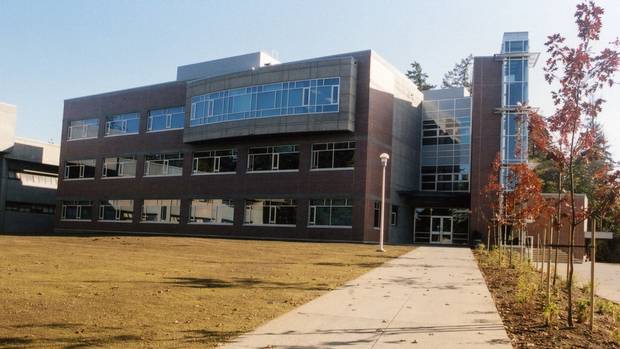Canadian universities have been lobbying hard in advance of the federal budget, hoping their efforts will pay off with increases to untargeted research funding, more experiential learning opportunities for students and a dedicated slice of the government’s infrastructure spending.
Postsecondary presidents, research councils and postsecondary groups have all been meeting with new cabinet ministers stressing the importance of the sector in innovation and knowledge creation.
“If you look at the areas of focus that are emerging, they are youth, aboriginal reconciliation, science and tech innovation. I read those as a call to action for universities to make a contribution,” said Jamie Cassels, president of the University of Victoria and chair of Universities Canada’s research committee.
The sector’s first priority is to move Canada back up global research and innovation rankings, and to do so in a way that allows scientists to choose their priorities and pursue them over time. With 40 per cent of Canada’s research funded by public money, grants for the science, humanities and health-science research councils must grow, universities say.
“Over the last decade, we’ve moved from third to eighth in OECD [rankings] in research intensity, which measures investments as a portion of GDP. When we talk about owning the podium, going from three to eight is a sobering number and getting back on track is going to take sustained investments,” said Paul Davidson, president of Universities Canada, the main advocacy group for Canadian universities.
One consistent message the sector has delivered to Ottawa is that investment in basic science is key, rather than research with more immediate potential business payoffs.
“It’s critical that the Canada Foundation for Innovation is given a leadership role and funding that’s needed to create infrastructure for the country,” Dr. Cassels said.
The foundation funds UVic’s Ocean Networks Canada research centre, which monitors the ocean floor off the B.C. coast, one of Canada’s major national science investments.
Increased research opportunities would also benefit students, who need better access to co-ops and internships in and outside of universities and entrepreneurship courses.
“Thirty-five per cent of Canadian students have some type of experiential learning experience. We are trying to grow that number and the barrier is getting employers to step up,” Mr. Davidson said.
In their election platform, the federal Liberals promised $40-million a year to help employers create short-term placements in science, technology, engineering, math and business programs. Universities would like similar help for students in humanities or social sciences.
The sector is somewhat hampered by not having a national department of postsecondary education. So senior administrators have made the rounds of the departments of Innovation, Science and Economic Development, Global Affairs, and the areas covering employment and social development.
Infrastructure is one area that cuts across all federal departments, and institutions have been arguing for a dedicated slice of the $20-billion in infrastructure money the Liberals have promised to spend over the next decade. One model would be a postsecondary fund on the lines of the Knowledge Infrastructure Program that ran during the last recession, distributing $2-billion to 500 colleges and universities.
“Our main limitation in increasing accessibility is in infrastructure,” said Elizabeth Cannon, president of the University of Calgary.
At UCalgary, four projects could benefit from infrastructure funding, including a renovation of an older library building that is currently half closed because it does not meet current construction codes.
Other submissions the sector has made include increased financial aid for aboriginal students and support for international students studying in Canada. There’s also a push to send 50,000 Canadian students to study abroad, a rise of about 2 per cent from current levels.
“The government has a real challenge about all the things it’s trying to achieve,” Mr. Davidson said. “But in our conversations, they are listening actively and trying to do the right thing.”
SIMONA CHIOSE – EDUCATION REPORTER
The Globe and Mail
Published Wednesday, Feb. 10, 2016 7:53PM EST
Last updated Wednesday, Feb. 10, 2016 7:53PM EST

